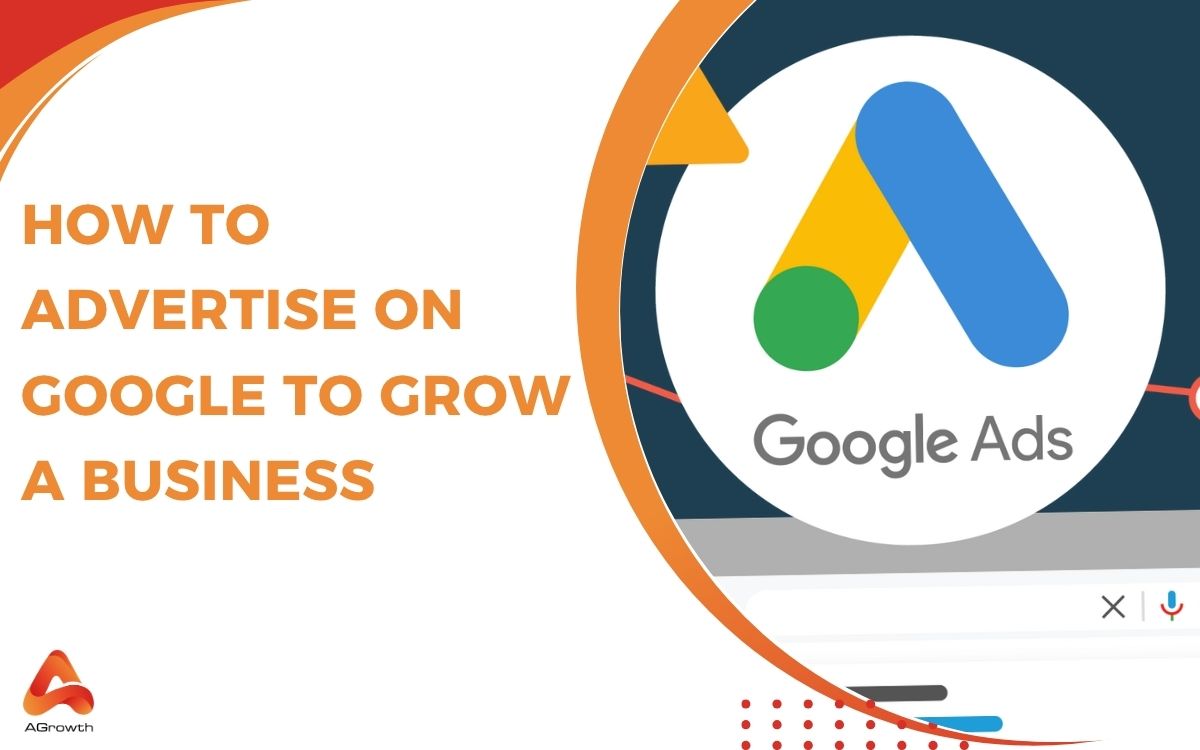
How to advertise on google to grow a business in 2025?
As online competition intensifies and consumer behavior shifts rapidly, businesses in 2025 face greater pressure to capture attention and drive measurable growth. Google Ads, with its advanced AI features and refined targeting capabilities, remains one of the most powerful tools to help businesses expand their reach and boost sales.
But running successful Google Ads campaigns isn’t just about spending more, it’s about advertising smarter. Whether you’re launching a new product, entering a competitive market, or scaling your existing business, understanding how to set up, manage, and optimize your Google Ads is critical to achieving sustainable results.
In this guide, you’ll discover everything you need to know to advertise effectively on Google in 2025. From understanding how the platform works and setting up your first campaign to budget strategies, local advertising, and expert optimization tips, this resource will equip you with proven tactics to grow your business faster and more efficiently.
How Do Google Ads Work?
Google Ads is a pay-per-click (PPC) advertising platform that lets you promote products, services, and content to targeted audiences. Advertisers bid on keywords and pay when users click or view their ads, creating a measurable and scalable way to reach potential customers.
At its core, Google Ads works through an auction system. Every time a user searches on Google, an auction takes place instantly to decide which ads appear. According to Google Ads Help, this auction doesn’t just reward the highest bidder; it also evaluates ad quality, relevance, and context to determine what’s called your Ad Rank
Key Features of Google Ads Campaigns
1. PPC Advertising Delivers Results Faster Than SEO
PPC advertising via Google Ads yields quick results, critical for small businesses seeking rapid traction. Unlike SEO’s months-long timeline, a well-planned Google Ads campaign can generate immediate clicks and conversions. This is vital for new products needing instant market exposure.
Strategic ad spend management and keyword optimization position ads atop search results. This visibility drives traffic and enhances brand awareness. Real-time results enable quick campaign adjustments, maximizing outcome achievement and ROI.
2. Unlimited Potential
Google Ads offers unlimited audience reach across platforms. With billions of daily searches, small businesses can access diverse customer bases using targeted keywords and campaigns. This reach benefits niche markets inaccessible through traditional advertising.
Specific ad groups targeting interests, demographics, and locations allow effective audience targeting. Small businesses cultivate loyal customers by consistently engaging the right consumers. By leveraging Google Ads’ potential, businesses expand market presence and drive growth.
3. Impressive Performance Tracking and Analytics
Google Ads provides robust tracking and analytics capabilities. Advertisers monitor metrics like clicks, conversions, and ad spend to evaluate campaign effectiveness. This data-driven approach aids strategic advertising decisions.
Tools like Google Analytics offer insights into user behavior, helping optimize ads and landing pages for better conversion rates. Real-time performance tracking allows prompt responses to campaign success or challenges, maximizing advertising ROI.
4. Flexibility and Control
Google Ads offers advertisers unmatched campaign flexibility and control. Business owners adjust budgets, bids, and ad formats based on real-time data. This adaptability benefits small businesses optimizing ad spend to meet marketing goals.
Advertisers can pause underperforming campaigns and reallocate resources to effective strategies. This control enables experimentation with various approaches, leading to improved outcomes. Google Ads’ flexibility ensures confident navigation of online advertising’s evolving landscape.
5. Get a Leg Up on Your Competitors
Google Ads gives small businesses a competitive edge in online advertising. By targeting keywords and optimizing campaigns, businesses stand out in search results, attracting customers who might choose competitors otherwise. Strategic positioning is crucial in saturated markets for success.
Insights from Google Ads analytics reveal competitors’ strategies and market gaps. Using this data, small businesses highlight unique selling points to differentiate from competitors. Effective use of Google Ads secures a competitive edge and sustains growth in today’s fast-paced digital environment.
How to Set Up Your First Google Ads Campaign
Google Ads offers two primary modes for campaign creation: Smart Mode and Expert Mode. Your choice depends on your advertising experience and the level of control you desire over your campaigns.
Smart Mode: Simplified Campaign Setup
Smart Mode is designed for beginners and small businesses seeking a straightforward advertising solution. It automates much of the campaign setup and management process.
Steps to Set Up in Smart Mode:
- Sign In or Create an Account: Visit Google Ads and sign in with your Google account.
- Provide Business Details: Enter your business name and website URL.
- Set Advertising Goals: Choose objectives like getting more calls, website visits, or physical store visits
- Create Your Ad: Write an ad that describes your business and offerings.
- Define Target Audience: Select geographic locations where you want your ad to appear.
- Set Budget: Determine your daily or monthly advertising budget.
- Review and Launch: Preview your ad and launch the campaign.
Smart Mode handles keyword selection and bidding automatically, making it ideal for those new to online advertising.
Expert Mode: Advanced Campaign Customization
Expert Mode provides comprehensive control over your campaigns, suitable for advertisers with specific targeting and optimization needs.
Steps to Set Up in Expert Mode:
- Switch to Expert Mode: On the initial setup page, click on “Switch to Expert Mode” at the bottom.
- Choose Campaign Goal: Select objectives such as Sales, Leads, Website Traffic, or create a campaign without a goal’s guidance.
- Select Campaign Type: Options include Search, Display, Shopping, Video, App, and more.
Configure Campaign Settings: Set parameters like network settings, locations, languages, bidding strategies, and budget. - Define Ad Groups and Keywords: Organize your campaign into ad groups and choose specific keywords to target.
- Create Ads: Design text or responsive ads with headlines, descriptions, and URLs.
- Set Up Conversion Tracking: Implement tracking to measure the effectiveness of your ads.
- Review and Launch: Double-check all settings and launch your campaign.
How Google Ads Helps Small Businesses
Google Ads gives small businesses an affordable and measurable way to attract new customers online. By allowing advertisers to control budget, target specific audiences, and appear in front of people actively searching for their products or services, Google Ads helps level the playing field between small and large companies.
According to Google’s official guide, online advertising lets businesses reach potential customers at the exact moment they’re looking for relevant offerings. This makes Google Ads a powerful tool for small businesses aiming to increase visibility and drive real results without wasting budget.
Key Benefits for Small Businesses:
- Precise Targeting:
Google Ads allows businesses to target by keywords, location, demographics, and even device type. This ensures your ads are shown only to people most likely to be interested in what you offer, reducing wasted ad spend. - Budget Flexibility:
You can start with any budget and adjust spending as you learn what works. Google Ads gives full control over daily and monthly limits, making it accessible for small businesses with limited marketing funds. - Pay Only for Results:
With a pay-per-click (PPC) model, you only pay when someone interacts with your ad. This means your budget is spent on measurable actions rather than just impressions. - Measurable Performance:
Google Ads provides detailed analytics that show how your ads perform, from clicks and impressions to conversions. This data helps businesses fine-tune their campaigns and improve return on investment (ROI). - Local Reach:
For brick-and-mortar stores, Google Ads offers powerful local advertising options. You can target nearby customers searching for your products, making it easier to drive foot traffic and phone calls. - Fast Results:
Unlike SEO, which can take months, Google Ads can start driving traffic immediately after your campaign launches. This makes it an ideal option for businesses that need quick visibility and leads.
What Is the Best Ads Budget for Small Businesses?
Your Google Ads budget will vary depending on factors like your industry, competition level, and specific business goals. It’s wise to begin with a modest daily budget, typically between $10 and $50, and scale up as you see positive results.
Many small businesses achieve outcomes with monthly budgets ranging from $1,000 to $10,000. You’ll also need to make key decisions, such as the ad format, target audience, ad placements, and desired user actions, all of which can influence how you allocate and manage your budget.
Below are further suggestions on how you can maximize a limited budget on Google Ads.
Determining Your Daily Budget for Google Ads
Determine your daily budget by considering your marketing strategy and advertising goals. A clear budget ensures effective ad spend management without overspending.
Calculate monthly marketing expenses and decide daily allocation for Google Ads. Analyze business goals and expected CPC for targeted keywords to estimate daily clicks and potential conversions. Continuously monitor your budget for effectiveness in achieving outcomes.
How to Optimize Your Ads Budget for Maximum ROI
Regularly review and analyze Google Ads campaign performance for budget optimization:
- Identify high-conversion keywords and high click-through rate ads.
- Focus budget on high-performing keywords and ads.
- Conduct A/B testing on ad variations for effective messaging.
- Use tools like Google Analytics for insights into user behavior.
This proactive approach enhances ROI and fosters business growth.
Understanding CPC: Cost Per Click and Its Impact on Your Budget
CPC understanding is essential for managing your Google Ads budget effectively. CPC is the cost per user click on your ad, impacting total ad spend based on keyword competition.
While low CPC may seem appealing, it can reduce visibility and clicks. Balance CPC with conversion rate goals to maximize your ad budget’s effectiveness. Monitor CPC trends and adjust bidding strategies for better performance and increased ROI.
How small Businesses Compete with Limited Google Ads Spending?
Determining the optimal Google Ads budget for small businesses involves strategic planning and efficient resource allocation. While large enterprises may have extensive advertising funds, small businesses can achieve significant results with modest budgets by focusing on targeted strategies and leveraging available tools.
1. Strategic Keyword Selection
Effective keyword selection is crucial for maximizing a limited advertising budget. Rather than targeting only high-cost keywords, small businesses should aim for a balanced mix of high-reward and low-competition terms. Utilizing free tools like Google’s Keyword Planner or WordStream’s Free Keyword Tool can help identify cost-effective keywords that align with your business goals.
2. Integrate Organic and Paid Strategies
Combining paid advertising with organic search efforts enhances overall visibility and credibility. Optimizing your website for search engines, maintaining an active blog, and updating your Google Business Profile can improve organic rankings. When your business appears in both paid ads and organic search results, it increases the likelihood of user engagement and trust.
3. Utilize the Google Ads Budget Report
Monitoring and adjusting your ad spend is essential for staying within budget and achieving desired outcomes. The Google Ads Budget Report provides insights into your campaign’s spending patterns, forecasts future expenditures, and illustrates how budget changes may impact performance. Accessing this report through the campaign view or shared library allows for informed decision-making and efficient budget management.
How Small Businesses Can Boost Local Visibility with Google Ads
Local brand awareness is a crucial step in helping small businesses stand out from competitors. With 46% of all Google searches seeking local information and 72% of users visiting a business within 5 miles after searching, local advertising offers significant growth opportunities.
1. Leverage Google Local Services Ads
For service-based businesses, Google’s Local Services Ads (LSAs) are designed to connect you directly with nearby customers. These ads are managed through your Google Business Profile and charge only for qualified leads, making them cost-efficient.
For example, a plumbing company in Mumbai can use LSAs to ensure their ads appear when someone nearby searches for “emergency plumber near me.” Google verifies the user’s location and service need, which helps you target only the most relevant leads.
2. Track Local Impressions
While many small business owners focus on clicks and conversions, impression share is equally important for building local brand awareness. Tools like Google Trends India can help you identify trending local search terms.
A boutique café in Bangalore, for instance, may target keywords like “best coffee near MG Road” to build visibility—even if users don’t click immediately, consistent impressions strengthen brand familiarity within the community.
3. Use Dynamic Keyword Insertion and Local Language
Dynamic Keyword Insertion (DKI) allows Google to automatically insert location-specific terms into your ad copy in real-time, making your ads more relevant to searchers. For example, a home tutoring service in Delhi could dynamically adjust its ad headline to include specific neighborhoods like “Home Tutors in Connaught Place” or “Tutoring Near Lajpat Nagar.”
Alternatively, adding phrases like “near me” or local landmarks into your keywords can capture more searches, which is especially useful in India’s densely populated cities where users search by hyperlocal terms. In fact, searches for “near me” or “close by” have grown by more than 900% in recent years, making these phrases simple yet powerful keyword wins.
4. Implement Geotargeting for Better Focus
Geotargeting ensures your ads appear only in the areas you serve, helping you maximize budget efficiency and relevance. For instance, a salon in Pune can geotarget their ads to only show within a 5 km radius of their location, avoiding wasted spend on users outside their service area. This precision ensures your budget is focused entirely on high-potential audiences.
5. Conduct a Local SWOT Analysis
A local Google Ads strategy should be backed by clear insights into your market. Running a SWOT analysis (Strengths, Weaknesses, Opportunities, Threats) helps identify gaps and areas where you can stand out.
For example, a fitness studio in Hyderabad might discover through SWOT that competitors don’t advertise weekday morning classes—this insight can be used to tailor ad copy emphasizing early-morning sessions, tapping into unmet demand.
What Are the Best Practices for Google Ads Success?
Leveraging Google Ads Keyword Planner for Effective Campaigns
Use the Google Ads Keyword Planner for effective campaigns:
- Discover relevant keywords searched by potential customers.
- Create targeted ad campaigns that drive traffic and conversions.
- Generate keyword suggestions with search volume and competition data.
Incorporate a mix of high-volume and long-tail keywords for visibility and audience qualification. Regularly revisit the Keyword Planner to adapt campaigns to changing trends.
Improving Your Conversion Rate with Quality Landing Pages
Landing pages significantly impact conversion rates in Google Ads campaigns:
- Align landing page design with ad messaging for seamless user experience.
- Include clear calls to action, compelling visuals, concise content.
- Optimize landing pages for mobile devices.
Test different landing page elements (layout, messaging) for audience resonance. High-quality landing pages boost conversion rates and campaign success.
Common Mistakes to Avoid in Your Google Ads Campaign
Avoid these common mistakes in Google Ads campaigns:
- Failing thorough keyword research leads to poorly targeted ads.
- Setting unrealistic budgets without considering competition hinders success.
- Neglecting performance metric monitoring prevents necessary adjustments.
Use tools like the Keyword Planner to identify relevant keywords, establish reasonable budgets based on industry knowledge, and implement regular reviews for effective campaigns.
How to Measure Success with Google Ads?
Measuring the success of your Google Ads campaigns involves tracking key performance indicators (KPIs) that align with your business objectives. By analyzing these metrics, you can assess the effectiveness of your advertising efforts and make informed decisions to optimize performance.
Key Metrics to Monitor
- Return on Investment (ROI): ROI measures the profitability of your campaigns by comparing the net profit to the advertising costs. A positive ROI indicates that your ads are generating more revenue than they cost, signifying effective campaign performance.
- Click-Through Rate (CTR): CTR is the ratio of users who click on your ad to the number of times the ad is shown. A higher CTR suggests that your ad is relevant and engaging to your target audience.
- Conversion Rate: This metric indicates the percentage of users who take a desired action after clicking on your ad, such as making a purchase or filling out a form. A higher conversion rate reflects the effectiveness of your landing page and overall campaign strategy.
- Cost Per Acquisition (CPA): CPA calculates the average cost to acquire a customer through your ads. Monitoring CPA helps ensure that your advertising spend is efficient and within budget.
- Quality Score: Google assigns a Quality Score (Google ads quality score) to your ads based on their relevance, expected CTR, and landing page experience. A higher Quality Score can lead to better ad placements and lower costs.
Can Small Budgets Still Yield Results with Google Ads?
The answer is yes. You can still succeed with a small budget, but it requires dedication and a consistent approach. For businesses focused on direct response or specific customer acquisition goals, Google Ads can often deliver more efficient results with a limited budget. Here are some tips on how you can leverage a constrained budget to optimize your Google Ads.
Strategic Tips for Running Google Ads on a Small Budget
Small budgets can succeed in Google Ads with strategic approaches:
- Focus on long-tail keywords with lower competition, higher conversion rates.
- Utilize ad scheduling during peak target audience activity times.
- Regularly monitor performance for budget allocation efficiency.
These methods maximize clicks, conversions, leading to successful outcomes.
Leveraging Google’s AI for Effective Targeting
Enhance campaign effectiveness using Google’s AI capabilities:
- AI analyzes data for best-performing ads, keywords, target audiences.
- Automated bidding strategies optimize ad spend by real-time bid adjustments based on conversion likelihood.
Embrace AI technology for efficient campaigns yielding impressive results within budget constraints.
Streamline Your Google Ads with Agrowth
Want a hassle-free way to launch and manage high-performing Google Ads? Agrowth offers a complete solution that takes the complexity out of digital advertising. From setup to optimization, Agrowth’s expert team and smart technology handle every step so you can focus on growing your business.
With Agrowth, you get access to powerful ad account management across Google, Meta, TikTok, and more, plus automated bidding, advanced targeting, and 24/7 campaign support to maximize your ROI effortlessly.
Frequently Asked Questions
How to advertise on Google for free?
It’s not possible to advertise for free on Google. However SEO, or search engine optimization is a way that websites can appear in search engine results pages as organic results. This is a marketing strategy that involves optimizing your pages for search engines and their organic, not paid results.
How to advertise on Google for beginners?
Follow these basic steps to get started:
- Create a Google Ads account.
- Define your campaign goals and target audience.
- Choose campaign type (Search, Display or Video).
- Set a budget and bid strategy.
- Create compelling ad copy with relevant keywords.
- Design eye-catching visuals if using Display or Video.
- Monitor performance and adjust settings regularly.
- Check and interpret Google A4 (once Google Analytics) for in-depth insights.
I want to start running Google Ads for my business in India. DIY or Hire someone?
If you have a tight budget and want to learn the platform, you can try it out for yourself. If you decide to hire someone in the future, you’ll have the benefit of having a better understanding of Google Ads, how things work, what to expect etc.
A risk with this though is that you’ll likely make mistakes that might exceed the cost of hiring someone. This is often the case for most people running Google Ads the first time.
If you hire someone, it is recommended to contact some local agencies to get some price estimates and their take on your case/business. Also ensure you have 100% access of your account, analytics etc.
How do I choose the right keywords for my Google Ads campaign targeting Indian consumers?
Selecting the right keywords involves:
- Using tools like Google’s Keyword Planner to identify popular search terms.
- Incorporating local language variations and colloquialisms.
- Focusing on long-tail keywords that reflect specific customer intents.
What is the minimum budget required to run Google Ads for a small business in India in 2025?
The minimum budget for Google Ads in India can vary based on industry, competition, and campaign goals. However, many small businesses start with a daily budget of ₹500 to ₹1,000. It’s advisable to begin with a modest budget, monitor performance, and adjust accordingly to optimize return on investment (ROI).
How can local businesses in Indian cities like Mumbai or Delhi effectively use Google Ads to attract nearby customers?
Local businesses can leverage Google Ads by utilizing location targeting and keywords specific to their city or neighborhood. For instance, a bakery in Mumbai’s Bandra area can use keywords like “best bakery in Bandra” and set location parameters to target users within that vicinity. Additionally, creating a Google Business Profile enhances local visibility.

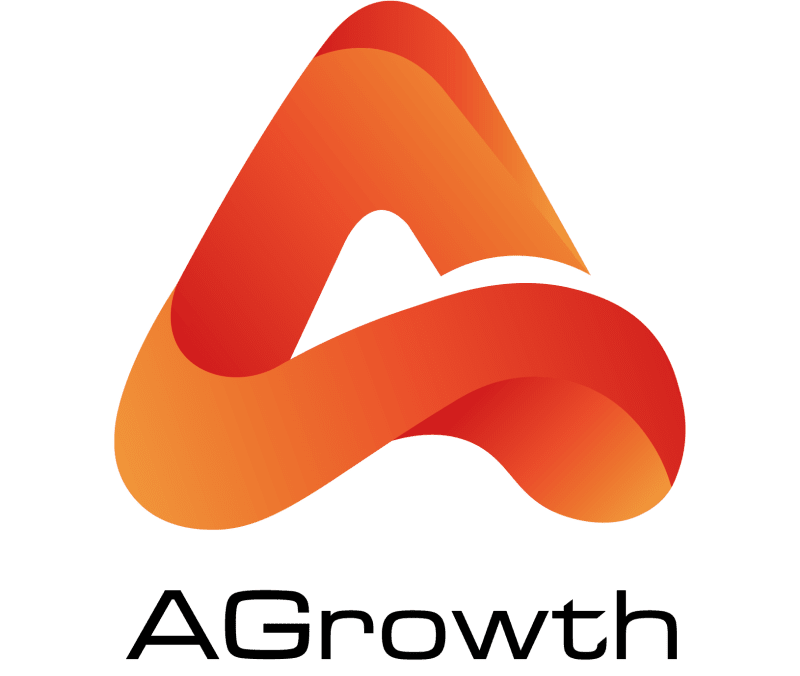
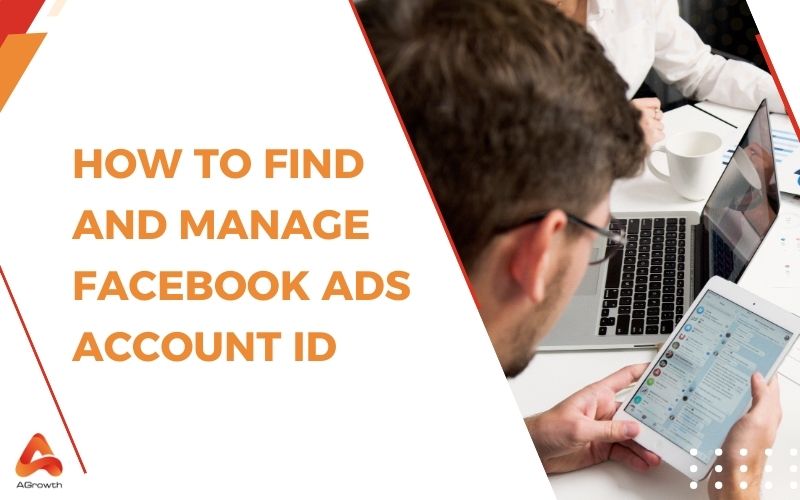
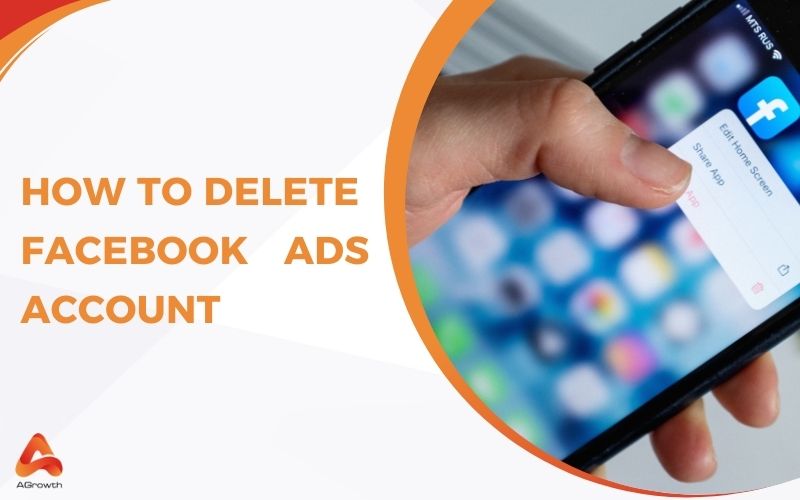



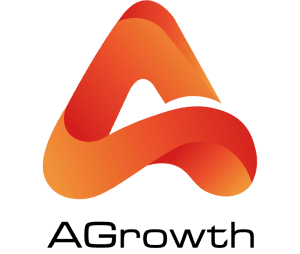




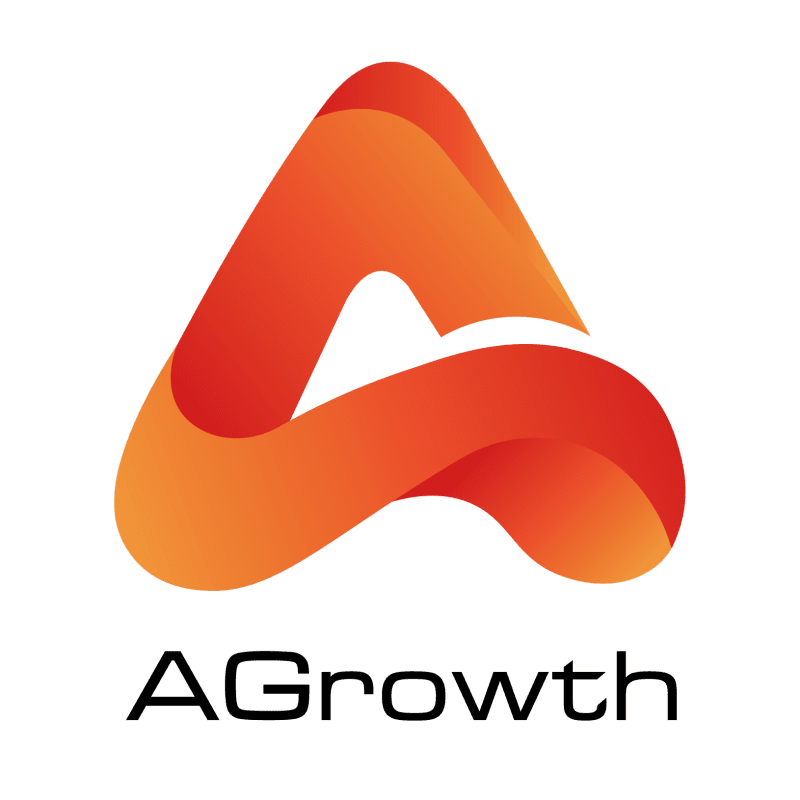
Your comment